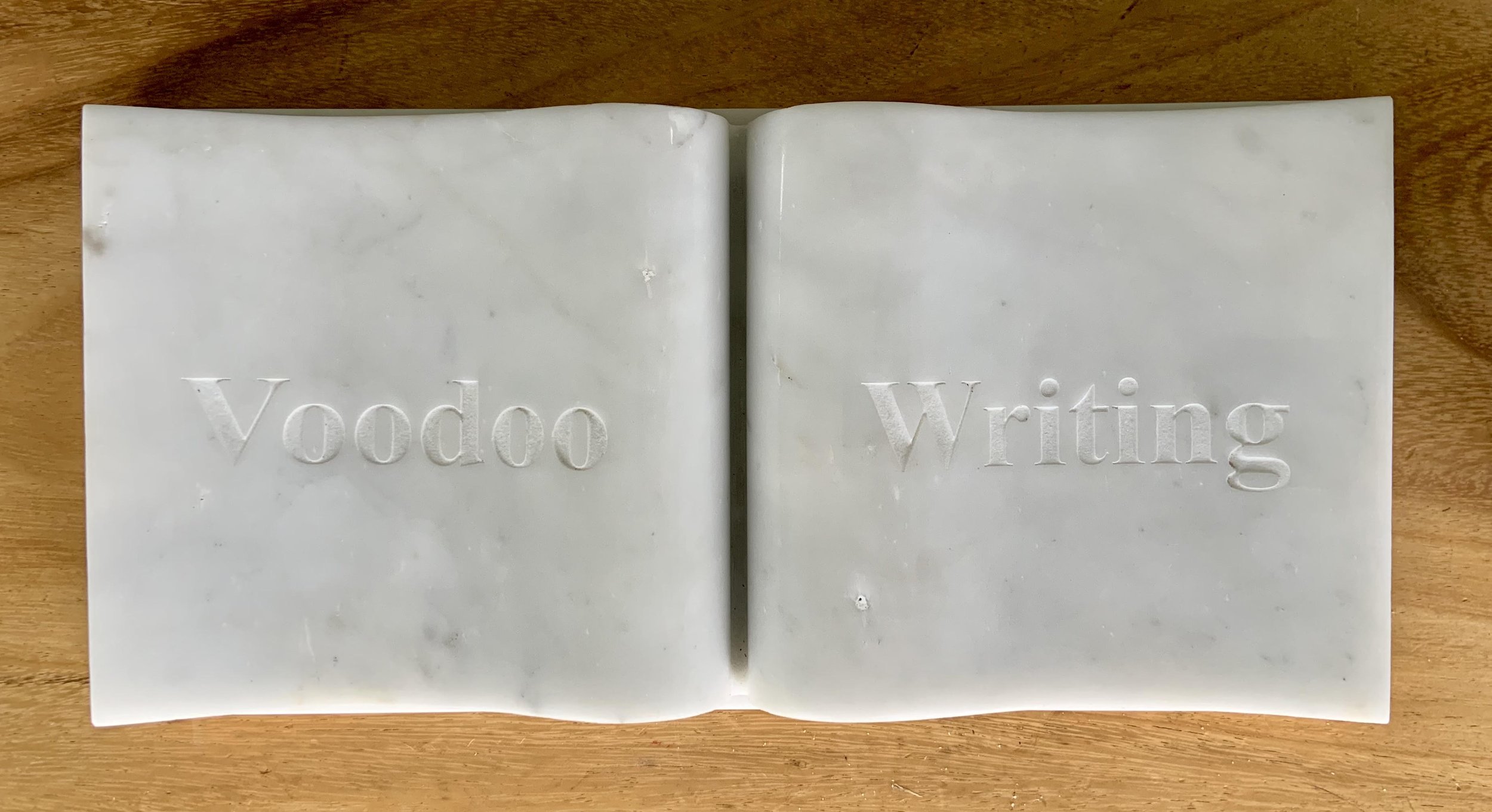Witches: The Tribe
Hechiceras: La Tribu
361 Main St., Kentlands, Gaithersburg, MD. 20878 USA
March 11 - May 6, 2023
Artists
Witches: The Tribe
Arcalia, the great weaver of the mountains, wanted one day to weave a cloak to shelter her daughter, Esperanza, a tiny star that walked through the sky shimmering with cold.
Maria del Pilar Quintero
Witches is a celebration of women's empowerment and transversal ecofeminism associated with contemporary times.
The leitmotiv of the exhibition is the idea that witches are not caricatures or symbols of evil, but powerful figures that have long been associated with the natural world and the feminine. They are almost an act of alchemy and the legitimization of women in a hetero-normative world.
The exhibited works will challenge viewers to reconsider the ways in which we understand and relate to nature, empowerment, and change direction to recognize the value and importance of the female perspective in art and in life, in sorority.
Each of the 10 artists featured in the exhibition brings their own unique vision and approach to the subject of witches. Those witches that we are, those that guide us, those that challenge us, those that protect us, those that we respect and emulate.
Some of the works are deeply personal and introspective, while others are more overtly political, and all are united by a commitment to explore the multiple dimensions of the witch archetype.
Regina Jose Galindo, the powerful, the ceremonial, whose potent performances address issues of gender and violence, makes it clear that "Our greatest revenge is to be alive." Every word is small in the face of such a forceful assertion.
Priscilla Monge, the introspective, the lonely, offers a powerful critique of the ways in which society seeks to restrict and control women's bodies and identities, inviting viewers to question the narratives that shape our understanding of the world, in which women are often silenced and marginalized in society. In this case, her work is dedicated to witches, to crazy women, to those who are passionate about a cause and go beyond the limits and norms established by a patriarchal society.
Claudia Casarino, the healer, the solemn one, invites viewers to reconsider our relationship with the natural world and our place within it. Her plants welcomed her childhood and nurtured her emotions and her strengths. Ambay and Kokũ are her sisters who continue to protect her. That is why she takes care of them, shows them, preserves them, and makes them protagonists!
Cecilia Paredes, the poetess, the fairy, whose evocative photographs and performances explore the intersection of the natural and the ways in which our understanding of the world is shaped by power. Through the use of body paint and elaborate performance photography, she offers a powerful critique of the ways in which society seeks to alienate women from communion with nature.
Muriel Hasbun, the heterogeneous, the communal, always evoking her homeland, refers back to an experience with a poetess and a reading of her hand, creating images with filters, to once again show the connection between the various identities, the origins, and of course, their relevance, without "exclusions" or “differences".
Marina Vargas, the cosmic, the tarot reader, explores the themes of mysticism and feminine power. Her works offer a visceral and immersive experience that transport viewers to an otherworldly realm of energy, a vast space of empowerment exerting a transformative effect.
Erika Harrsch, the metaphorical one, the one who “applauds”, shows us Lepidopteras emerging from human genitalia and explores how each immigrant woman preserves the core of her identity regardless of recontextualizing herself within a new country. Her work, thematically aligned with the butterfly, shares content based on migration and the surrounding circumstances that define identity, nationality and global mobility.
The work of Olalla G. Valdericeda, the one with the crystals, the audacious one, is introspective, mixes us up, contaminates us, and offers a powerful critique of the patriarchal systems that have long dominated our culture. Her installations use irony to explore the intersections between culture and many's fear of otherness.
Ana De Orbegoso, the shamanic, the fortune teller, shows us the Pachamama. A powerful, self-sufficient, festive, and proud Urban Virgin of her origins, and mainly of the importance of the role of women in the past, present, and future.
Natalia Revilla, the hereditary, the ancestral, knows languages, potions, and the healing power of plants and seeds. She has so been taught by her sisters and her aunts, and she well knows the importance of preserving them. In this case, she speaks to us aesthetically in Awajun, one of the 48 original languages of Peru that are on the verge of extinction.
Through their work, these witch artists challenge traditional narratives and offer a new perspective on women as symbols of transformation and empowerment.
Witches is deeply inspired by ecofeminist principles and offers a powerful critique of the ways in which our society has exploited and marginalized women as the key to preserving the natural world.
Capitalist structures perpetuate the exploitation of the natural world, generating a world with weakened biodiversity in the midst of a great social imbalance. It is urgent to listen to art and its charms to embrace an inclusive life, where colors, experiences, and origins can coexist poetically, actively, and surprisingly.
Long live art, its witches, and feminist activism!
Gabriela Rosso, the weaver of the Tribe


























